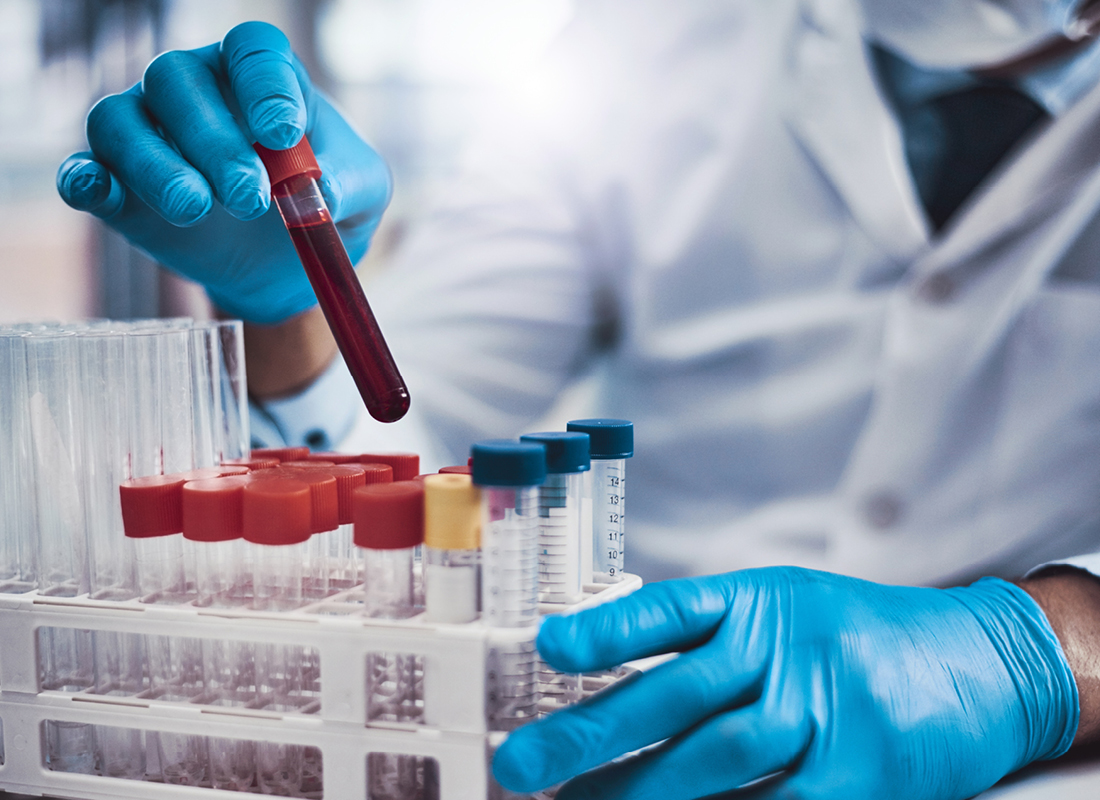Improved Accuracy of Point-of-Care HbA1c Tests May Expand Access to Testing
Good news for Abbott and its newly acquired Alere Technologies: A new study published in the Journal of Diabetes Science and Technology finds that the latter’s POC Afinion HbA1c Dx test is accurate and precise in diagnosing diabetes using both fingerstick and venous whole blood samples. The New Study In general, POC testing is relatively fast and convenient, advantages that are particularly important for serving patients in underserved areas. The American Diabetes Association (ADA) has recommended HbA1c for use in diagnosing diabetes. But the variable performance of previous POC testing devices, combined with the lack of mandatory proficiency testing in some POC settings, have kept the ADA from endorsing POC HbA1c methods, according to the study. The National Academy of Clinical Biochemistry (NACB) recommends that clinical HbA1c assays should achieve an imprecision of less than 3% coefficient of variation (CV) and should be NGSP- (formerly called the National Glycohemoglobin Standardization Program) certified. Currently, the NGSP requires 92.5% of results to be within ±6% of a reference method traceable to the Diabetes Control and Complications Trial, which will be tightened this year to 90% of test results within ±5% of the reference method result. The Current Trial Methodology: The current trial […]

Good news for Abbott and its newly acquired Alere Technologies: A new study published in the Journal of Diabetes Science and Technology finds that the latter’s POC Afinion HbA1c Dx test is accurate and precise in diagnosing diabetes using both fingerstick and venous whole blood samples.
The New Study
In general, POC testing is relatively fast and convenient, advantages that are particularly important for serving patients in underserved areas. The American Diabetes Association (ADA) has recommended HbA1c for use in diagnosing diabetes. But the variable performance of previous POC testing devices, combined with the lack of mandatory proficiency testing in some POC settings, have kept the ADA from endorsing POC HbA1c methods, according to the study.
The National Academy of Clinical Biochemistry (NACB) recommends that clinical HbA1c assays should achieve an imprecision of less than 3% coefficient of variation (CV) and should be NGSP- (formerly called the National Glycohemoglobin Standardization Program) certified. Currently, the NGSP requires 92.5% of results to be within ±6% of a reference method traceable to the Diabetes Control and Complications Trial, which will be tightened this year to 90% of test results within ±5% of the reference method result.
The Current Trial
Methodology: The current trial was conducted at three diabetes and endocrinology research centers using the same three lots of test cartridges and Afinion AS100 Analyzers. HbA1c values across the assay range were evaluated to assess clinically relevant HbA1c intervals.
The precision and accuracy of the POC test using fingerstick and venous whole blood samples was compared to values obtained by an NGSP secondary reference laboratory (SRL). Two fingersticks were collected per each of the 120 participants and tested on two cartridge lots. Each of the three sites assessed one participant at each of the four pre-specified %HbA1c levels (low, threshold, medium, and high) using whole blood for a total of 12 participants (three per level) enrolled July to August 2015. Four replicates were tested on each of the three test cartridge lots, two times per day for 10 consecutive days resulting in 240 measurements per site (720 measurements for each HbA1c level).
Results: Across the assay range, POC test results from fingerstick and venous whole blood samples were highly correlated with results from the NGSP SRL (Pearson correlation = 0.99). The mean bias was −0.021% HbA1c using fingerstick samples and −0.005% HbA1c for venous samples. For fingerstick, imprecision ranged from 0.62% to 1.93% CV and 1.11% to 1.69% CV for venous samples.
What It Means
“These results demonstrate that both the precision and accuracy of the POC test evaluated here meet the performance standards of the NGSP and NACB and that the test is therefore suitable for use in the diagnosis of diabetes and in the identification of people at risk of developing diabetes,” claim the study authors led by William D. Arnold, Ph.D., from Abbott Rapid Diagnostics (San Diego). “This has important implications for clinical care, as POC HbA1c testing has the potential to expand patient access to diabetes diagnostic testing and expedite medical decisions and interventions aimed at the prevention of diabetes and its complications, particularly for those who face challenges in accessing traditional health care settings or attending multiple laboratory and physician follow-up appointments.”
Takeaway: New POC HbA1c testing tools show improving accuracy and precision, which should enhance their use in underserved areas and nontraditional health settings, thereby improving access to testing and expediting diabetes diagnoses.
Subscribe to view Essential
Start a Free Trial for immediate access to this article